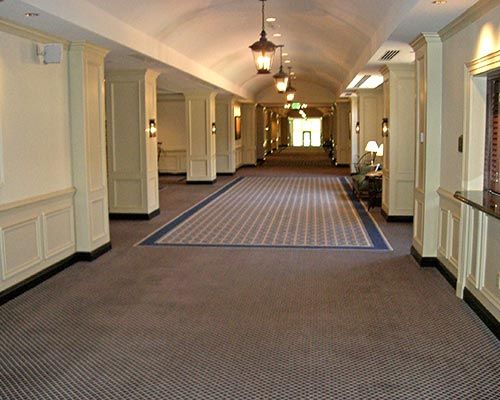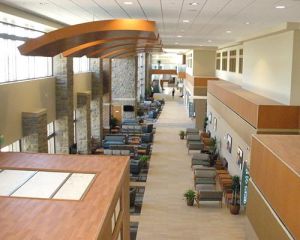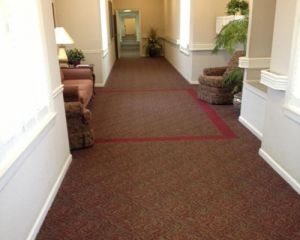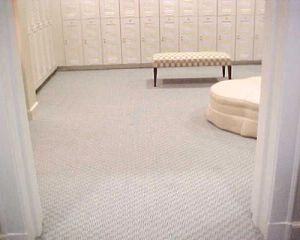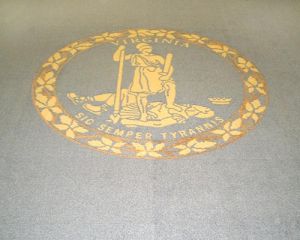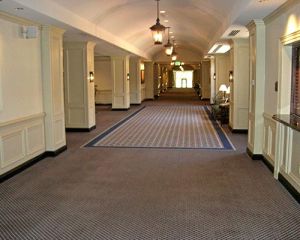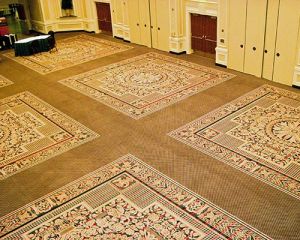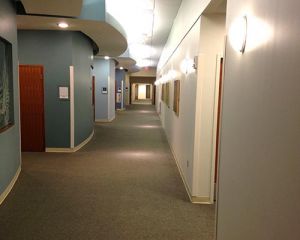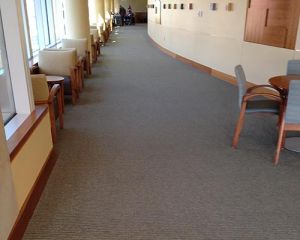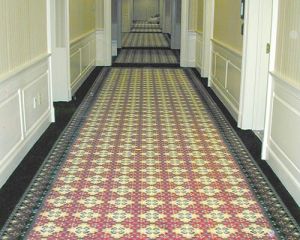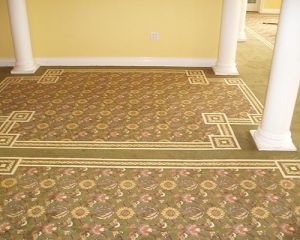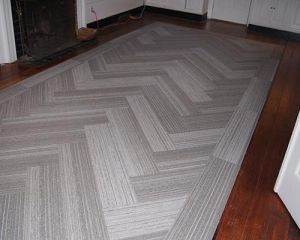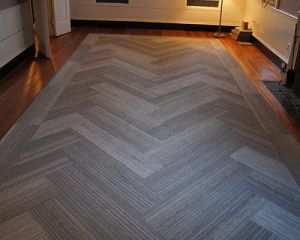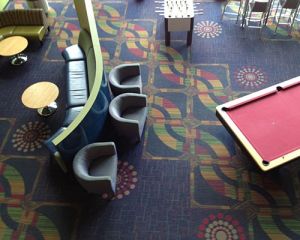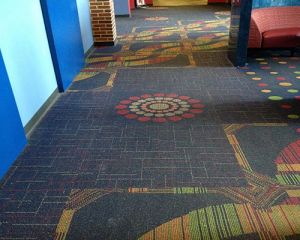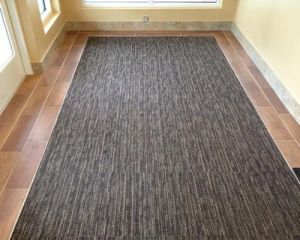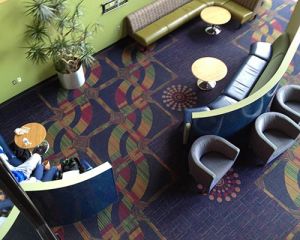Additional Considerations
- Density - Density is essentially the amount of face yarn per a given area. It takes into consideration the pile yarn weight and pile height. Density has a direct impact on life expectancy and performance.
- Gauge rate - Gauge rate is the distance between tufting needles across the width of the carpet. The tighter the stitch rate, the denser the surface will be, contributing to life expectancy and performance. Typical ranges (listed from best to worst) are 1/10, 1/8, 5/32, 3/16, and 3/8 .
- Stitch rate - Stitch rate is the number of tufts along the length of the carpet. Measured in stitches per inch, a rate of 7-10 would meet standards for good commercial carpet. This measurement can vary with a production run as it will be affected by the machine speed.
- Twist level - has been identified as another contributing factor to performance in cut-pile carpets. Twist is typically measured as twists per inch and typically the higher the better the performance. A carpet with a higher twist level can be more durable than a more dense carpet with a lower twist level. Typical ranges are from 3-9 twists per inch.
- Solution dyeing - is the process of impregnating the fibers with homogenous color while they are manufactured. This increases resistance to discoloration, fading, staining, and bleach. Other dyeing methods change the color of the outside of the yarn, but ultimately it is like comparing a carrot to a radish, when the carrot is skinned, it is still orange.


